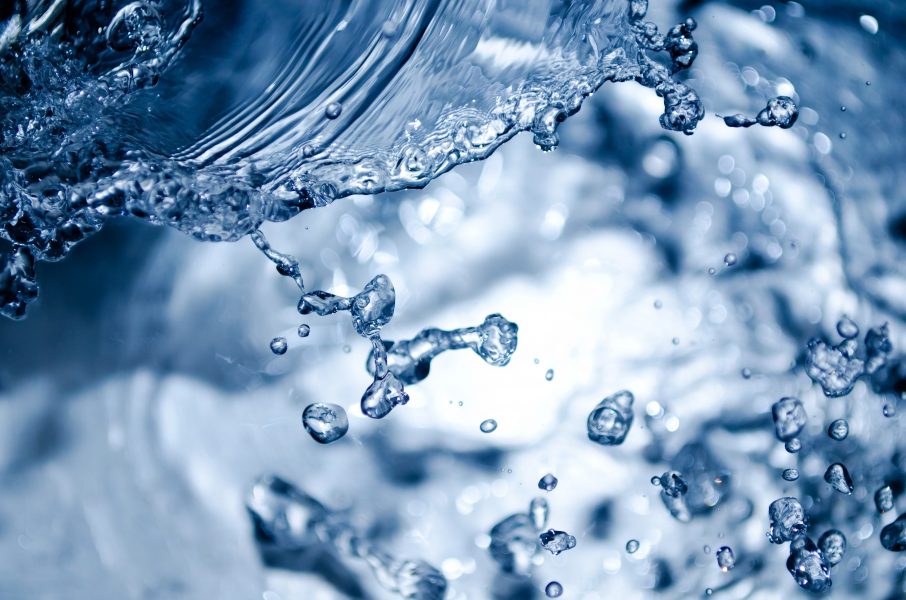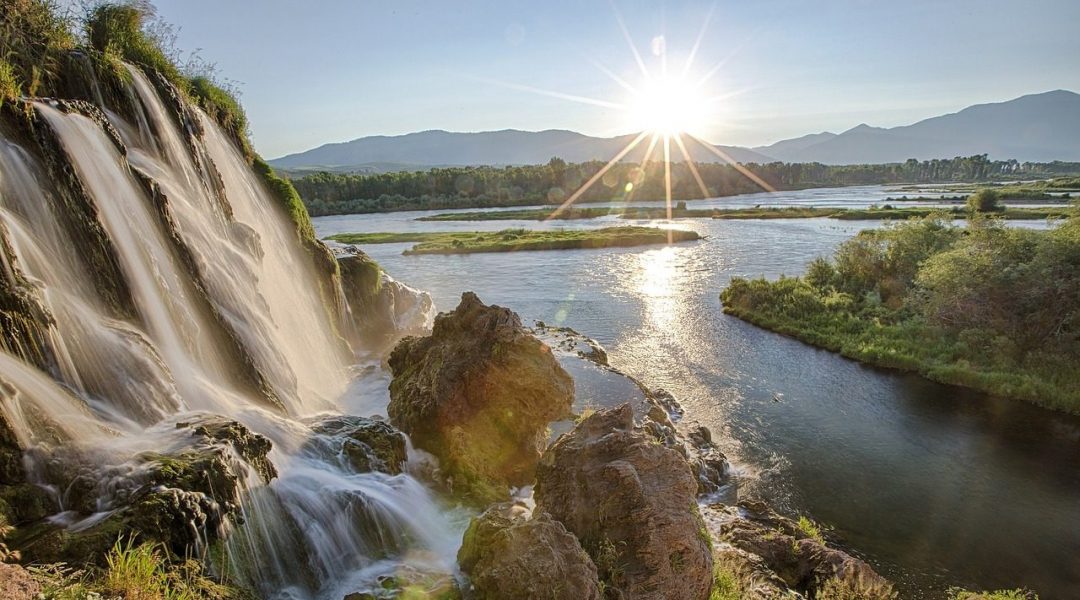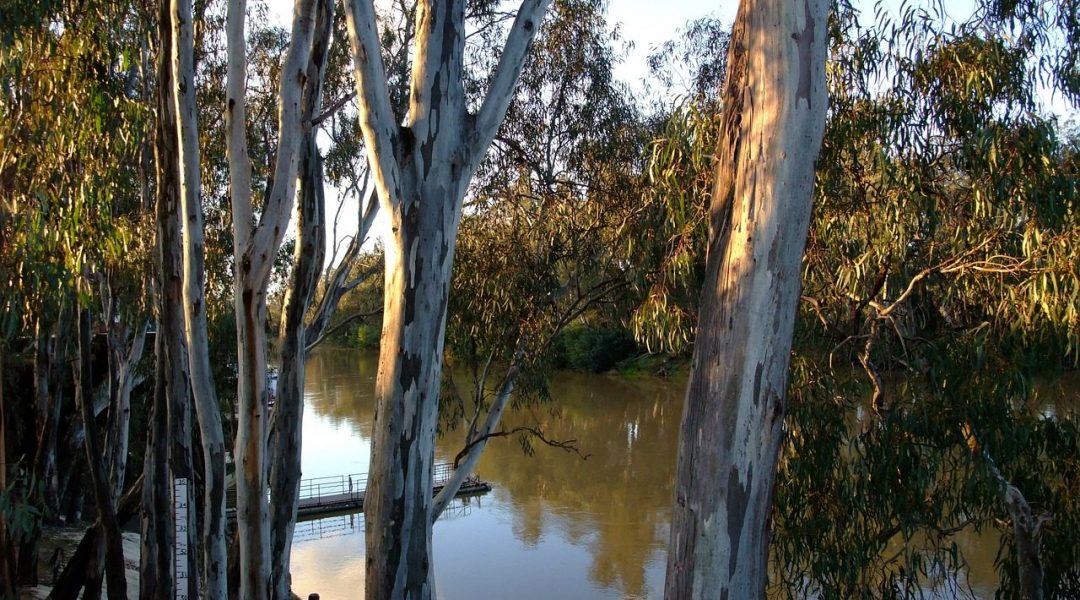Degrading ibuprofen in water using a pulsed corona discharge.


Degrading ibuprofen in water using a pulsed corona discharge.
Multiple socio-cultural and political imaginaries associated with the urban riverscapes, in India, are emphasizing the religious symbolism(s) of the river, and recently, are transforming riverscapes into sites of capital accumulation.

Tree roots and stumps help to safely and cleanly extract ground water for human consumption.

Waterbodies such as oceans, lakes, rivers and aquifers represent large reserves of thermal energy, which can be used to heat or cool nearby buildings and infrastructure.

The interplay between people and nature is clear.
Architesh Panda explores how the usage of the concept of ‘transformational adaptation’ (TA) in the context of agriculture has increased in recent years.

Information about, and analysis of, how hydrological systems might respond to climate change is important for supporting best practice water planning decisions.

Scientists discover a way to harvest fresh water from air, also in arid regions.

Betanin may help slow the progression of Alzheimer’s disease.
Historically, the focus has been: how much water does the environment need? Finding the “right” allocation of water between consumptive and environmental water uses is a question of allocative efficiency. However, once water is allocated to the environment, question becomes: how can we get the best outcomes from this water?